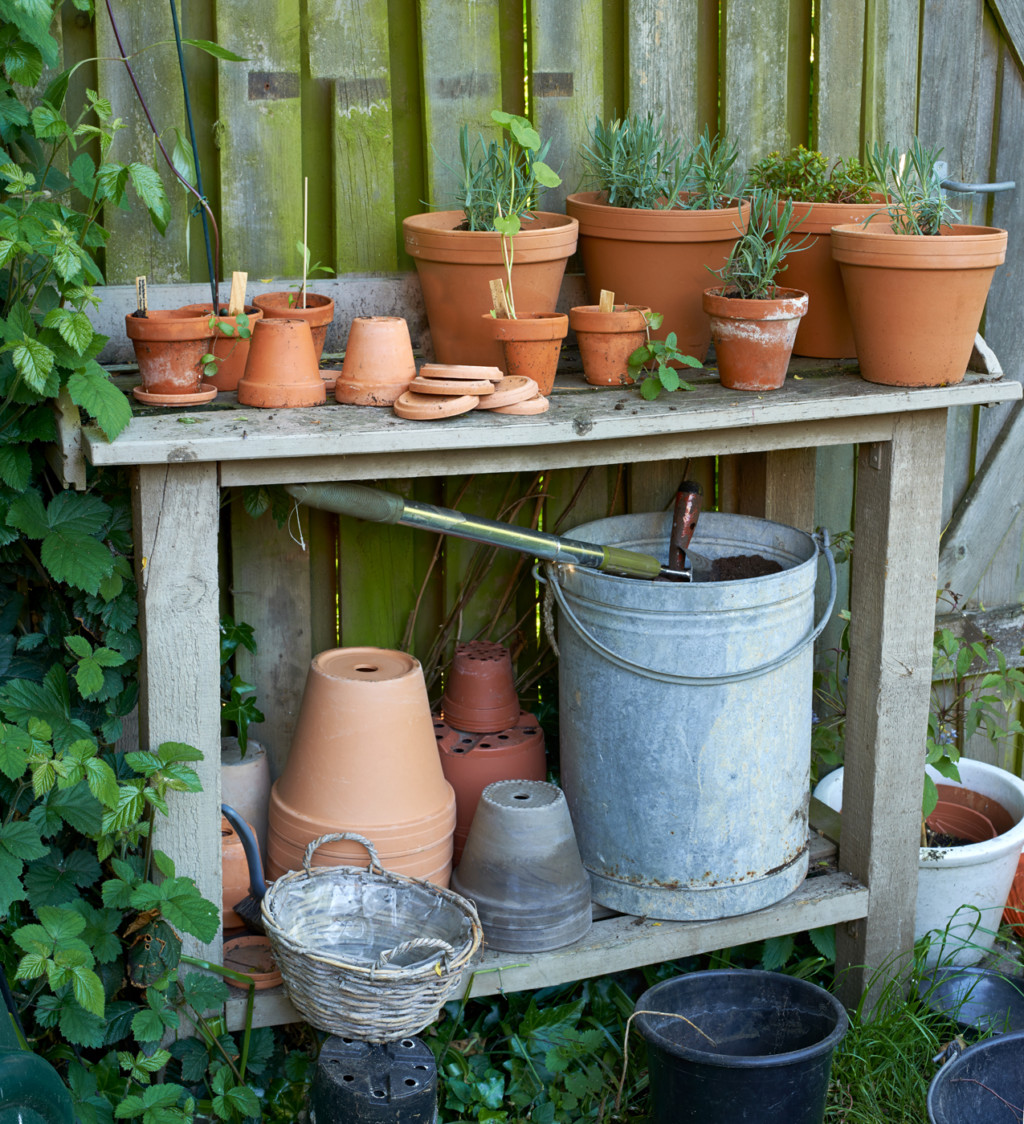Vegetable Garden

During lockdown you may have decided to become more self sufficient and considered growing your own so we have put together our top tips.
One of the most common errors, is planting too much, too soon. To feed a family of four, the ideal dimensions are 11 rows wide and 10 feet long however, it is best to start small. Consider what your family will eat and likes to eat. You don’t want to have loads of left-over vegetables. You may also want to grow things which you cannot easily buy. Or things that grow really easily on the Island. Herbs are easy to grow and much cheaper than buying them cut at the grocery store. You can’t get fresher than home grown.
The three golden rules of vegetable growing are:
- Plant in a sunny location. Most vegetables need at least 6 hours of direct sunlight per day. There are a few veggies that will tolerate some shade.
- Plant in moist, well-drained soil. If you have poorly drained soil (water pools), plant veggies in a raised bed. If you have rocky soil, remove the rocks.
- Plant in a stable environment. Avoid places that receive strong winds that could knock over your young plants or keep pollinators from doing their job. You don’t want to plant in a location that receives too much foot traffic or floods easily.
Other Things to consider are:
Make sure you can access you rows so you can weed and harvest. Four feet of plants is the maximum for easy reach.
Take full advantage of the sun by running your rows North to South.
There are “cool-season” veggies that grow in spring (eq, lettuce, spinach, root veggies) and “warm-season” veggies that are planted when the soil has warmed up (eq, tomatoes, peppers).
Plant cool-season crops after spring frost and then plant warm-season crops in the same area later in the season. If you get shade in a part of your garden, save that area for small cool-season veggies. Some crops mature quickly and have a very short harvest period (radishes, bush beans) while other plants, such as tomatoes, take longer.
Plant tall veggies and fruit bushes (such as pole beans, raspberries, gooseberries) on the north side of the garden so they don’t shade shorter plants.
Most veggies are annuals (planted each year). If you are planning on planting “perennial” crops such as asparagus, rhubarb, and some herbs, provide permanent locations or beds. If you are planting potatoes it is best to designate an area for these too.
Stagger plantings. Don’t plant all your lettuce seeds at the same time or all that lettuce will be ready to harvest at the same time.
Top tip: An old gardener’s trick is to plant Marigolds in with your vegetables. It looks pretty, but more importantly, these keep down the number of garden pests. Everyone gets slugs eating their crops. Remember you want to eat these vegetables so keep pesticides away.
